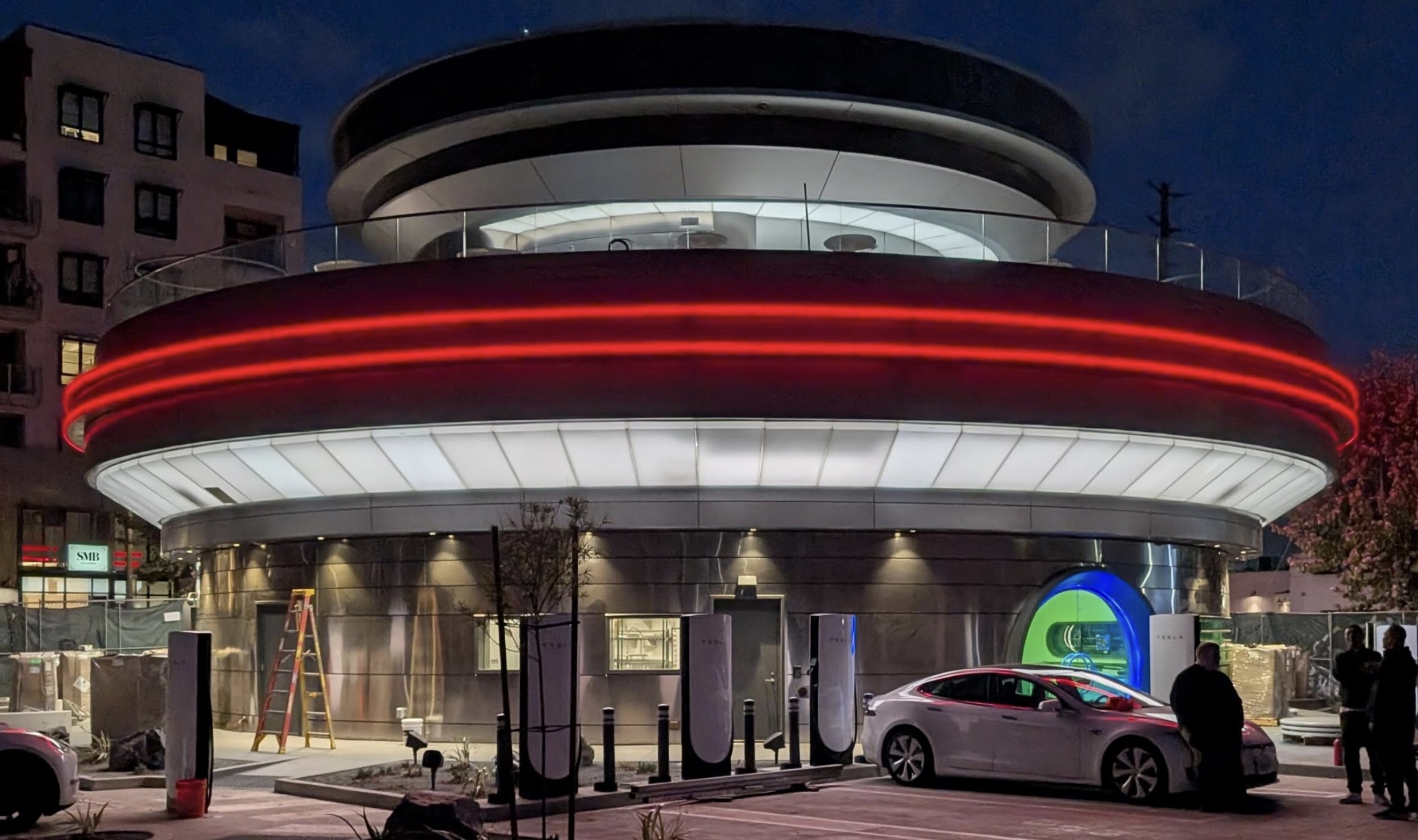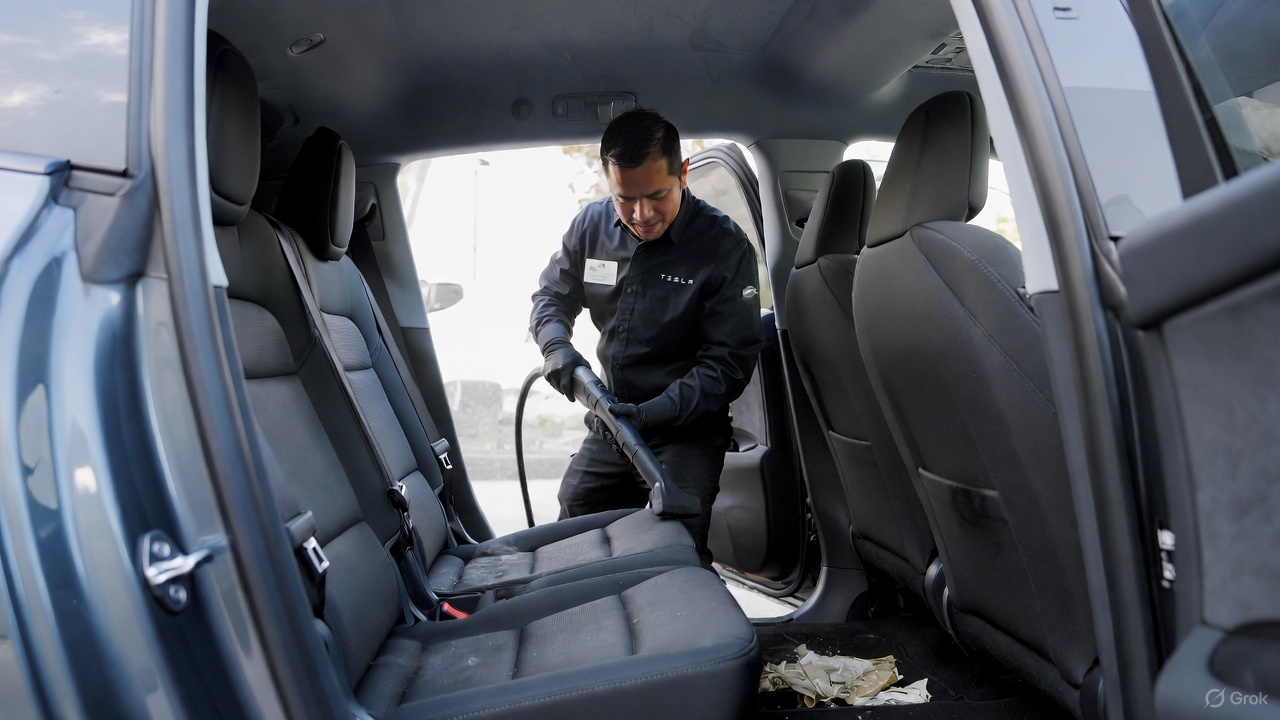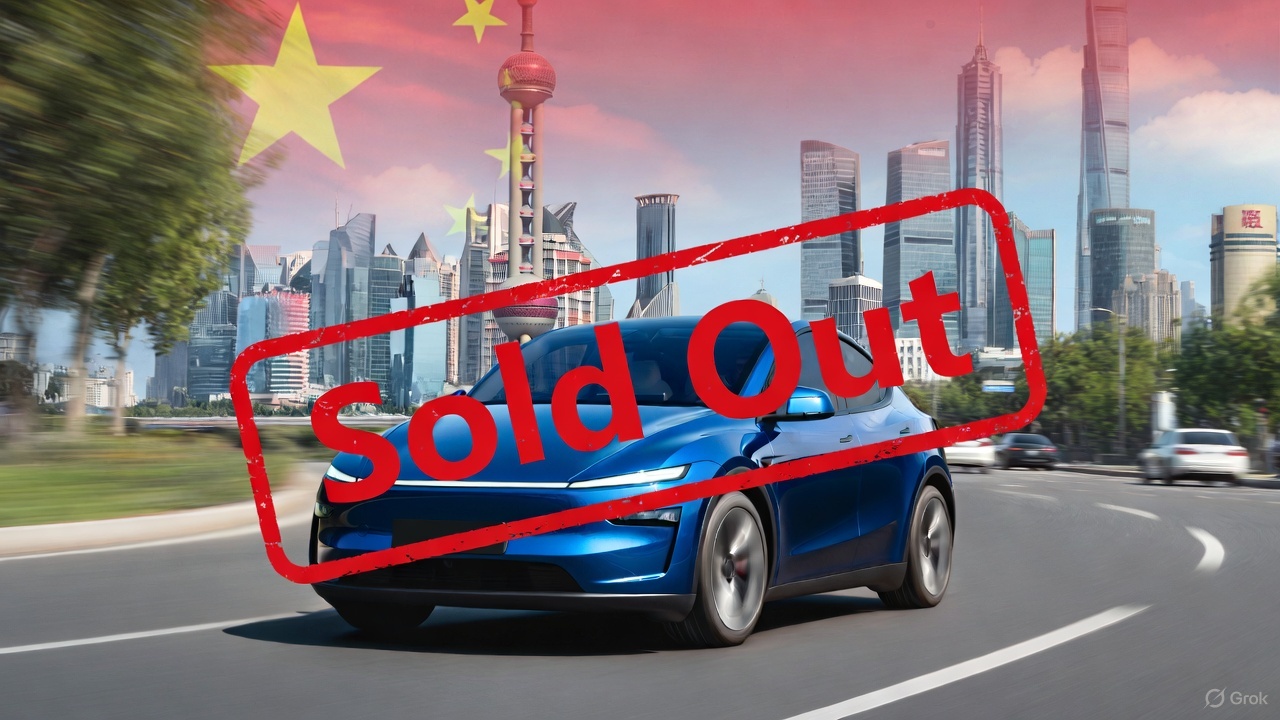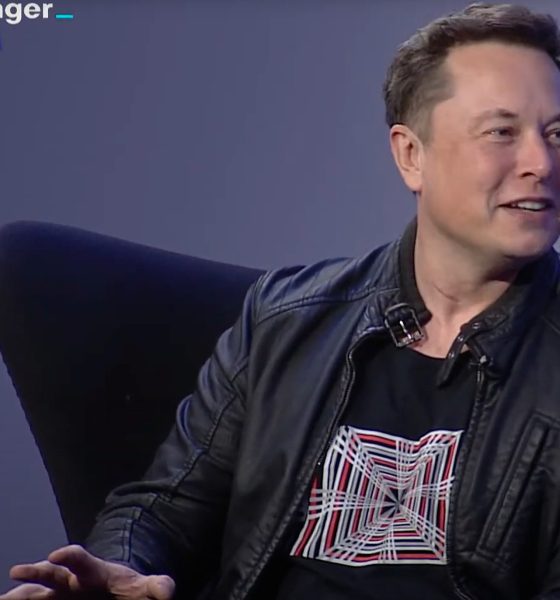Tesla CEO Elon Musk announced that his private foundation, The Musk Foundation, plans to donate directly to families. He also tweeted that he is increasing childcare benefits at his companies and hopes that other companies follow suit.
You can read more about that in Simon’s article here. I’m going to focus more on the Musk Foundation especially because it was something that came up in my interview with Elon Musk at the beginning of this month.
Kids are worth it if at all possible. I’m planning to increase childcare benefits at my companies significantly.
Hopefully, other companies do same.
Also, Musk Foundation plans to donate directly to families.
Hopefully, details to be announced next month.
— Elon Musk (@elonmusk) July 8, 2022
Poverty & Families
According to Invisible People TV, which shares stories of homeless people and families, the current face of homelessness is that of a child. Having been homeless as early as 9, this statistic hit home. When I saw Elon’s tweet about how the Musk Foundation will help families directly, this literally made my heart sing.
I grew up in poverty and I’ve been pretty fortunate. Living in and out of homeless shelters as a child, one learns that it’s a really harsh world out there. Single mothers are often shamed for having children and then being homeless. It was no different for my own mother.
This is why education and compassion are so important. We should never judge people over the situations they find themselves in. Families that are struggling need all the help they can get especially if they were abandoned by their own support systems.
How Will the Musk Foundation Help Families?
I don’t know but Elon Musk said on Twitter that hopefully, details would be released next month. I suspect he wants to focus on education. He also reminded me in our interview that we need to think beyond the United States when talking about poverty.
He’s absolutely correct in this respect. Millions of people worldwide experience poverty and here in the U.S., we are pretty fortunate that there are shelters, churches, and other organizations dedicated to helping people.
Importance of Literacy & Access To Internet
I think Elon will probably find a way to help families in need in many ways. Education is something that is important to him. During our interview, he spoke of literacy as a way to help solve poverty.
“Literacy and access to internet, I think, are fundamentally helpful. Really, we’ve got to think beyond the United States. There are billions of people who have no internet connectivity at all–nothing. Or it’s like a very low bandwidth and it’s insanely expensive. For many parts of the world, this is the case–billions of people.”
“So I think those things are helpful. Generally, education, obviously, is good. These days you can learn almost anything online. MIT, for example, has all of their lectures online and a number of other universities do. If you wanted to, you could learn almost anything for a very low cost just using a simple phone or an old tablet–a router box basically.”
Some Ideas
A lot of it comes down to spending habits of the parents as well.
— Tesla Owners Silicon Valley (@teslaownersSV) July 8, 2022
I do want to highlight what John said above. Another key contributor to poverty is the lack of financial literacy. Before I got involved with the Tesla community on Twitter, I knew nothing about stocks, investing, or crypto. Although I am clearly not an expert on these topics, I do know we often inherit our spending habits from our parents as well as the people around us.
I’ve worked hard to break that cycle, however, financial literacy and good spending habits should be commonly taught. I think that if the Musk Foundation really wants to help families, especially those who are struggling to make ends meet, perhaps Elon will consider financial literacy programs for families in homeless shelters as well as colleges and schools.
Helping Families Directly
Elon said the foundation would help families directly and this could mean a variety of things. One thing I know for sure is that Elon will make sure the money is well spent and does the most good. He told me,
“Well, we try hard with the foundation to give away money in ways that are actually useful whether it’s like a maximum number of cents on the dollar of actually helping the people in need.”
“It’s way harder to give away money than you think if you care about it actually doing good as opposed to sounding like it does good. It’s easy to make it sound like the money’s doing good but it’s hard to make actually do good.”

News
Tesla Diner to transition to full-service restaurant as Chef heads for new venture
“I am leaving the Tesla Diner project to focus on the opening of Mish, my long-desired Jewish deli. Projects like Mish and the Tesla Diner require a sharpness of focus and attention, and my focus and attention is now squarely on Mish.”

Tesla Diner, the all-in-one Supercharging and dining experience located in Los Angeles, will transition to a full-service restaurant in January, staff said, as Chef Eric Greenspan said he would take on a new project.
A report from the Los Angeles Times says Greenspan confirmed through a text that he would leave the Diner and focus on the opening of his new Jewish deli, Mish.
Greenspan confirmed to the paper:
“I am leaving the Tesla Diner project to focus on the opening of Mish, my long-desired Jewish deli. Projects like Mish and the Tesla Diner require a sharpness of focus and attention, and my focus and attention is now squarely on Mish.”
Greenspan took on the job at the Tesla Diner and curated the menu back in March, focusing on locally-sourced ingredients and items that would play on various company products, like Cybertruck-shaped boxes that hold burgers.
Tesla Cybertruck leftovers are the main course at the Supercharger Diner
The Tesla Diner has operated as somewhat of a self-serve establishment, where Tesla owners can order directly from their vehicles through the center touchscreen. It was not exclusive to Tesla owners. Guests could also enter and order at a counter, and pick up their food, before sitting at a booth or table.
However, the report indicates Tesla is planning to push it toward a sit-down restaurant, full of waiters, waitresses, and servers, all of which will come to a table after you are seated, take your order, and serve your food.
It will be more of a full-featured restaurant experience moving forward, which is an interesting move from the company, but it also sounds as if it could be testing for an expansion.
We know that Tesla is already considering expanding locations, as it will be heading to new areas of the country. CEO Elon Musk has said that Tesla will be considering locations in Palo Alto near the company’s Engineering HQ, and in Austin, where its HQ and Gigafactory Texas are located.
Musk said that the Diner has been very successful in its first few months of operation.
News
Tesla adds new surprising fee to Robotaxi program
“Additional cleaning was required for the vehicle after your trip. A fee has been added to your final cost to cover this service. Please contact us if you have any questions.”

Tesla has added a new and somewhat surprising fee to the Robotaxi program. It’s only surprising because it was never there before.
Tesla shocked everyone when it launched its Robotaxi platform and offered riders the opportunity to tip, only to tell them they do not accept tips. It was one of the company’s attempts at being humorous as it rolled out its driverless platform to people in Austin.
As it has expanded to new cities and been opened to more people, as it was yesterday to iOS users, Tesla has had to tweak some of the minor details of the Robotaxi and ride-hailing platforms it operates.
First Look at Tesla’s Robotaxi App: features, design, and more
With more riders, more vehicles, and more operational jurisdictions, the company has to adjust as things become busier.
Now, it is adjusting the platform by adding “Cleaning Fees” to the Robotaxi platform, but it seems it is only charged if the vehicle requires some additional attention after your ride.
The app will communicate with the rider with the following message (via Not a Tesla App):
“Additional cleaning was required for the vehicle after your trip. A fee has been added to your final cost to cover this service. Please contact us if you have any questions.”
The cost of the cleaning will likely depend on how severe the mess is. If you spill a soda, it will likely cost less than if you lose your lunch in the back of the car because you had a few too many drinks.
This is an expected change, and it seems to be one that is needed, especially considering Tesla is operating a small-scale ride-hailing service at the current time. As it expands to more states and cities and eventually is available everywhere, there will be more situations that will arise.
The messes in vehicles are not a new situation, especially in a rideshare setting. It will be interesting to see if Tesla will enable other fees, like ones for riders who request a ride and do not show up for it.
News
Tesla Model Y sold out in China for 2025
Customers who wish to get their cars by the end of the year would likely need to get an inventory unit.

It appears that the Model Y has been sold out for 2025 in China. This seems to be true for the four variants of the vehicle that are currently offered in the country.
Tesla China’s order page update
A look at Tesla China’s order page for the Model Y shows a message informing customers that those who wish to guarantee delivery by the end of the year should purchase an inventory unit. This was despite the Model Y RWD and Model Y L showing an estimated delivery timeline of 4-8 weeks, and the Model Y Long Range RWD and Model Y Long Range AWD showing 4-13 weeks.
As per industry watchers, these updates on the Model Y’s order page suggest that Tesla China’s sales capacity for the remainder of 2025 has been sold out. The fact that estimated delivery timeframes for the Model Y Long Range RWD and AWD extend up to 13 weeks also bodes well for demand for the vehicle, especially given strong rivals like the Xiaomi YU7, which undercuts the Model Y in price.
Tesla China’s upcoming big updates
What is quite interesting is that Tesla China is still competing in the country with one hand partly tied behind its back. So far, Tesla has only been able to secure partial approval for its flagship self-driving software, FSD, in China. This has resulted in V14 not being rolled out to the country yet. Despite this, Tesla China’s “Autopilot automatic assisted driving on urban roads,” as the system is called locally, has earned positive reviews from users.
As per Elon Musk during the 2025 Annual Shareholder Meeting, however, Tesla is expecting to secure full approval for FSD in China in early 2026. “We have partial approval in China, and we hopefully will have full approval in China around February or March or so. That’s what they’ve told us,” Musk said.










